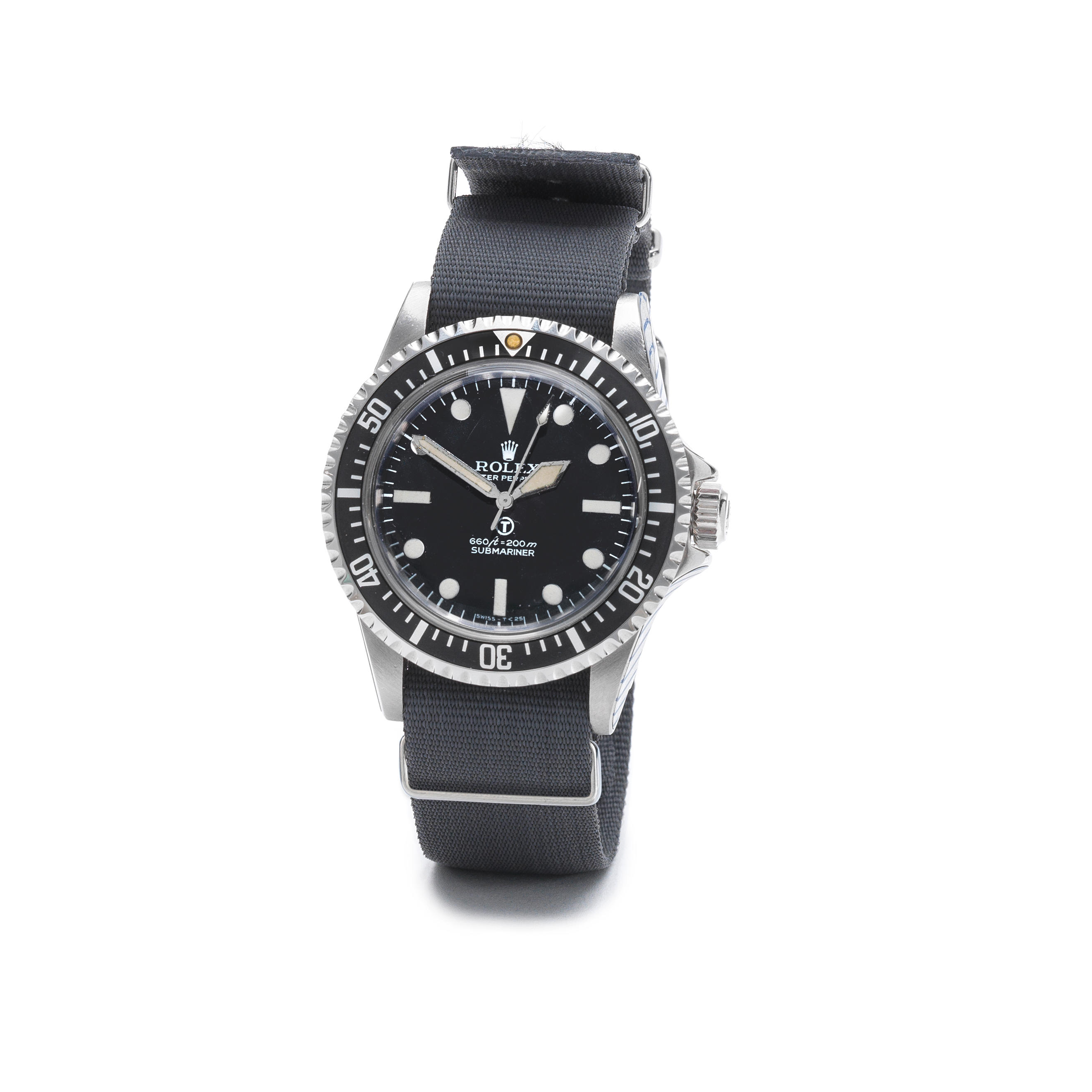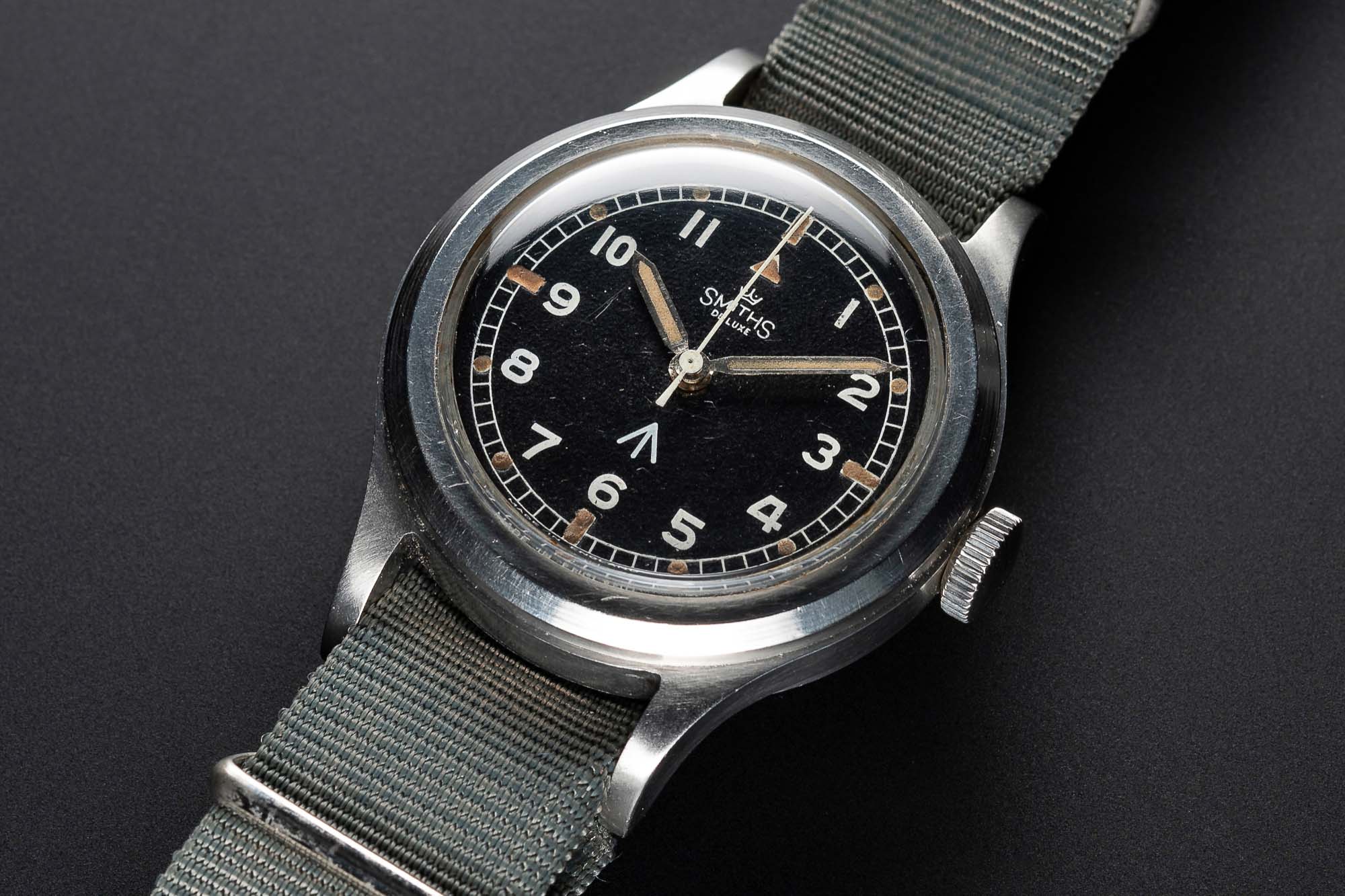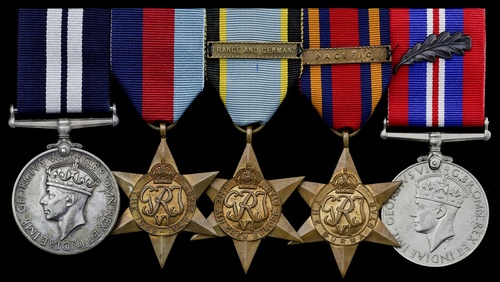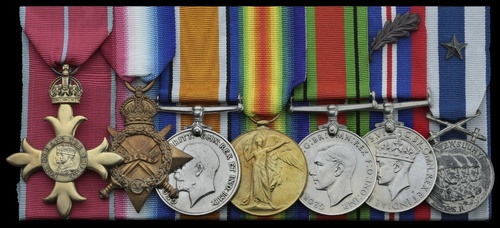A rare Fleet Air Arm pilot’s O.B.E. pair awarded to Lieutenant-Commander A. H. G. Murray, Royal Navy, who was credited with destroying two Egyptian MiG-15 jets - and damaging two other enemy aircraft - in strikes on Almaza airfield in his Sea Venom during the Suez Crisis of 1956: his Squadron Commander described Almaza as ‘seeming to have more 30mm. flak than all the rest (of the enemy’s airfields) put together’ Subsequently awarded the O.B.E. for his part in top secret work at Boscombe Down in the mid-60s - flying Sea Vixens and Lightnings as part of the Red Top missile programme - he departed the Navy to take up employment as an inventor and then as a salvage master - and it was in the latter capacity that he died fighting a fire aboard a merchantman off Singapore in September 1981 The Most Excellent Order of the British Empire, O.B.E. (Military) Officer’s 2nd type breast badge; Naval General Service 1915-62, 2 clasps, Malaya, Near East (Lieut. (P.) A. H. G. Murray, R.N.), good very fine (2) £1800-2200 Footnote O.B.E. London Gazette 1 January 1965. Alistair Hugh Garnet Murray was in British Columbia in November 1930, the second son of one of Canada’s most famous and distinguished military men - Admiral Leonard Warren Murray, C.B., C.B.E.; his step-mother was the daughter of a Russian Prince. Alistair entered the Royal Navy as a cadet at Dartmouth, aged 13 years, and joined his first ship, H.M.S. Devonshire, in January 1948. He then served aboard King George V and Superb before joining the Fleet Air Arm. His flying training was undertaken with the U.S. Navy in Pensacola. He then undertook conversion training back in the U.K., during the course of which he experienced a serious accident when his Hawker Sea Fury swung off the runway, on landing, and hit some Squadron buildings resulting in four people being injured, including himself. Having recovered from his injuries, and now converted, Murray joined 811 Squadron aboard the carrier Warrior. With them he participated in two bombing raids on Communist positions in the jungle in Johore Baru, Malaya, flying a Sea Fury. The Squadron dropped a total of fifty-six 500lb bombs on the enemy camps. For this service he was awarded the Naval General Service Medal with clasp ‘Malaya’. Back aboard the Warrior, Murray had another severe accident when he crashed his aircraft into the safety barrier on landing, resulting in considerable damage to his Sea Fury. In 1955 he converted to jet aircraft, in which period he crash-landed a Sea Vampire resulting in heavy damage (the repaired aircraft now resides in a museum in Scotland). Having converted to jets, Murray was posted to 893 Squadron aboard the carrier Eagle, flying Sea Venoms. It was with this capacity that Murray was to serve during the Suez Crisis in 1956. On the second day of “Operation Musketeer” - on 2 November - Murray, with the other five Sea Venoms from 803 Squadron, attacked the heavily defended Egyptian airfield at Almaza, on the outskirts of Cairo. The Squadron made two attacks, under considerable anti-aircraft fire, in which Murray destroyed a MiG-15 and damaged a Meteor on the ground. The Squadron Commander’s aircraft was badly damaged by flak during the raid and Murray escorted it back to Eagle. Flying Officer Olding, an R.A.F. Observer attached to the Squadron, was severely wounded, eventually losing his leg, an action for which he was awarded the D.S.C. The next day Murray’s Log indicates that he straffed Gamil Bridge for over an hour. On 5 November, during a dawn-strike on Almaza, Murray destroyed his second MiG-15 and damaged another. Almaza was described by the Squadron Commander as ‘seeming to have more 30mm. flak than all the rest (airfields) put together.’ On the day of the sea landings - on 6 November - Murray flew along the beaches giving cover; that evening, he and the Squadron raided Almaza again in a series of rocket attacks. The remainder of “Operation Musketeer” consisted of a series of routine flights and comb
A rare Fleet Air Arm pilot’s O.B.E. pair awarded to Lieutenant-Commander A. H. G. Murray, Royal Navy, who was credited with destroying two Egyptian MiG-15 jets - and damaging two other enemy aircraft - in strikes on Almaza airfield in his Sea Venom during the Suez Crisis of 1956: his Squadron Commander described Almaza as ‘seeming to have more 30mm. flak than all the rest (of the enemy’s airfields) put together’ Subsequently awarded the O.B.E. for his part in top secret work at Boscombe Down in the mid-60s - flying Sea Vixens and Lightnings as part of the Red Top missile programme - he departed the Navy to take up employment as an inventor and then as a salvage master - and it was in the latter capacity that he died fighting a fire aboard a merchantman off Singapore in September 1981 The Most Excellent Order of the British Empire, O.B.E. (Military) Officer’s 2nd type breast badge; Naval General Service 1915-62, 2 clasps, Malaya, Near East (Lieut. (P.) A. H. G. Murray, R.N.), good very fine (2) £1800-2200 Footnote O.B.E. London Gazette 1 January 1965. Alistair Hugh Garnet Murray was in British Columbia in November 1930, the second son of one of Canada’s most famous and distinguished military men - Admiral Leonard Warren Murray, C.B., C.B.E.; his step-mother was the daughter of a Russian Prince. Alistair entered the Royal Navy as a cadet at Dartmouth, aged 13 years, and joined his first ship, H.M.S. Devonshire, in January 1948. He then served aboard King George V and Superb before joining the Fleet Air Arm. His flying training was undertaken with the U.S. Navy in Pensacola. He then undertook conversion training back in the U.K., during the course of which he experienced a serious accident when his Hawker Sea Fury swung off the runway, on landing, and hit some Squadron buildings resulting in four people being injured, including himself. Having recovered from his injuries, and now converted, Murray joined 811 Squadron aboard the carrier Warrior. With them he participated in two bombing raids on Communist positions in the jungle in Johore Baru, Malaya, flying a Sea Fury. The Squadron dropped a total of fifty-six 500lb bombs on the enemy camps. For this service he was awarded the Naval General Service Medal with clasp ‘Malaya’. Back aboard the Warrior, Murray had another severe accident when he crashed his aircraft into the safety barrier on landing, resulting in considerable damage to his Sea Fury. In 1955 he converted to jet aircraft, in which period he crash-landed a Sea Vampire resulting in heavy damage (the repaired aircraft now resides in a museum in Scotland). Having converted to jets, Murray was posted to 893 Squadron aboard the carrier Eagle, flying Sea Venoms. It was with this capacity that Murray was to serve during the Suez Crisis in 1956. On the second day of “Operation Musketeer” - on 2 November - Murray, with the other five Sea Venoms from 803 Squadron, attacked the heavily defended Egyptian airfield at Almaza, on the outskirts of Cairo. The Squadron made two attacks, under considerable anti-aircraft fire, in which Murray destroyed a MiG-15 and damaged a Meteor on the ground. The Squadron Commander’s aircraft was badly damaged by flak during the raid and Murray escorted it back to Eagle. Flying Officer Olding, an R.A.F. Observer attached to the Squadron, was severely wounded, eventually losing his leg, an action for which he was awarded the D.S.C. The next day Murray’s Log indicates that he straffed Gamil Bridge for over an hour. On 5 November, during a dawn-strike on Almaza, Murray destroyed his second MiG-15 and damaged another. Almaza was described by the Squadron Commander as ‘seeming to have more 30mm. flak than all the rest (airfields) put together.’ On the day of the sea landings - on 6 November - Murray flew along the beaches giving cover; that evening, he and the Squadron raided Almaza again in a series of rocket attacks. The remainder of “Operation Musketeer” consisted of a series of routine flights and comb






/67855/Internet%20Image%201.jpg)

/113303/Internet%20Image%201.jpg)
/67889/Internet%20Image%201.jpg)


/85373/Internet%20Image%201.jpg)


Try LotSearch and its premium features for 7 days - without any costs!
Be notified automatically about new items in upcoming auctions.
Create an alert